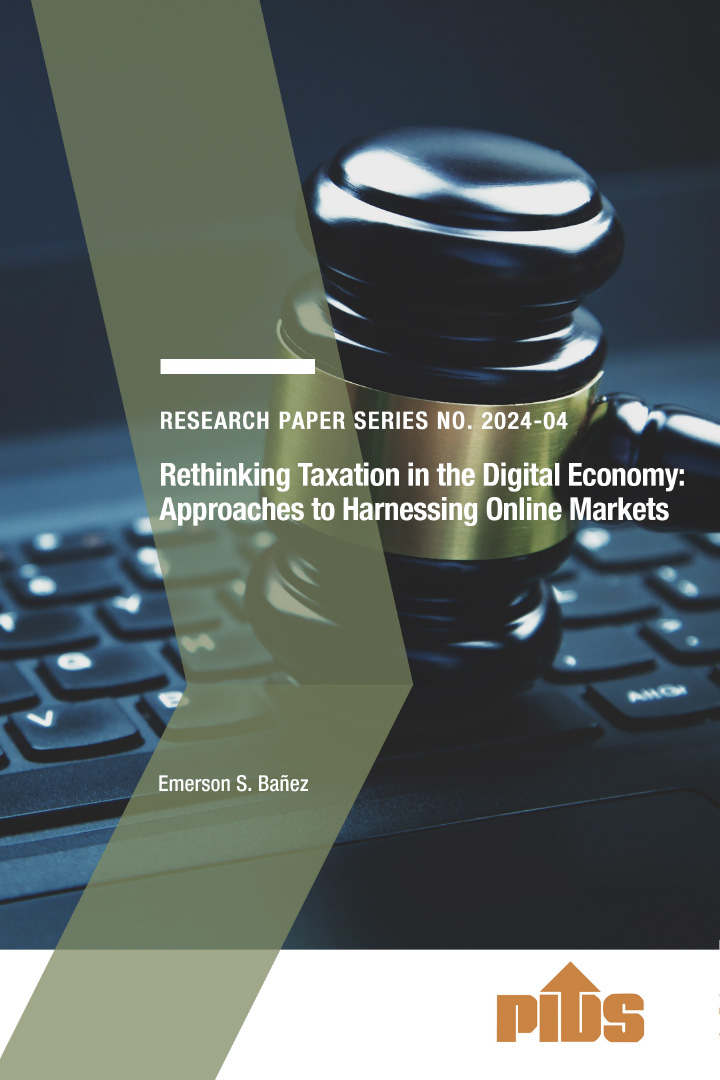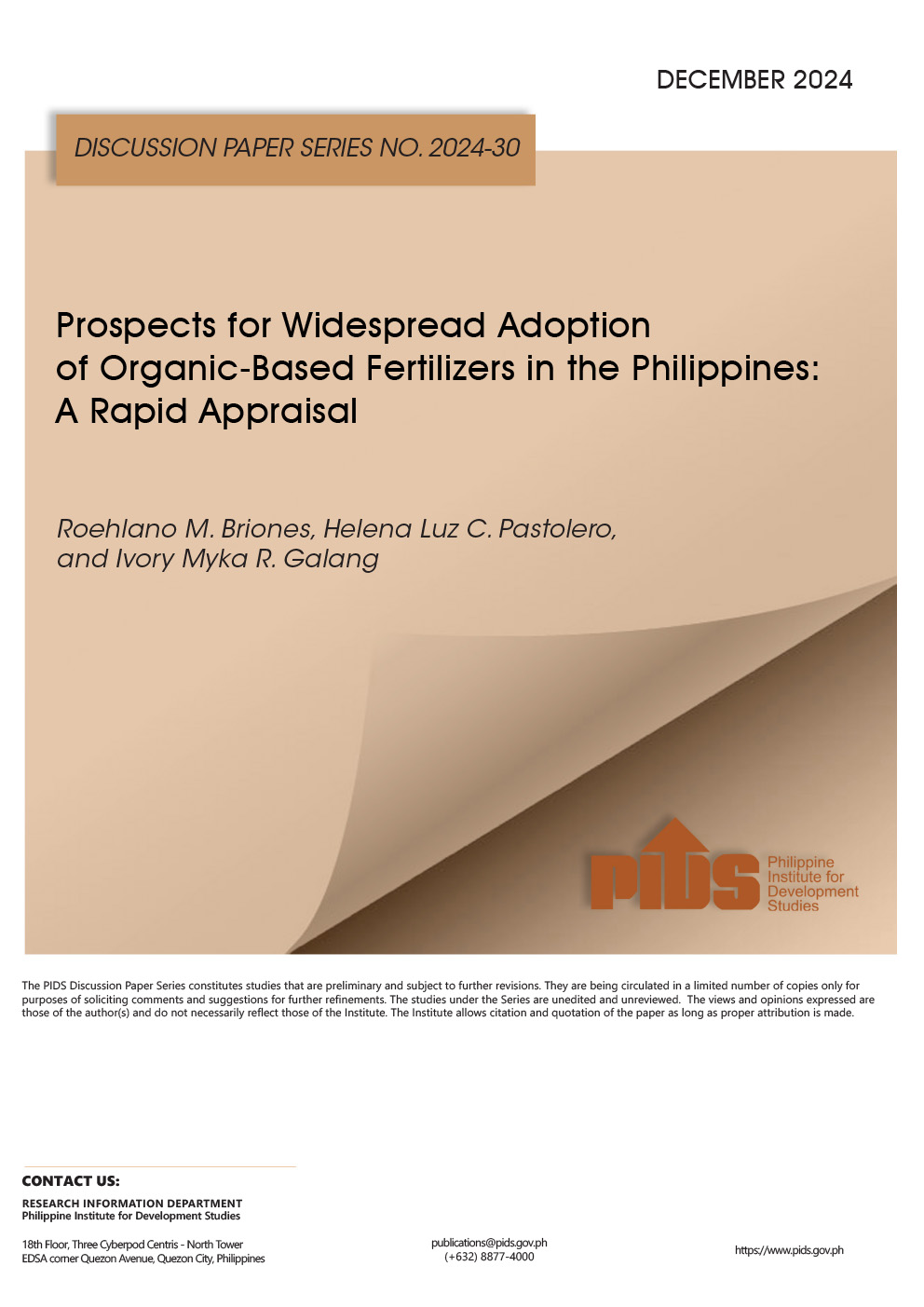Removing the quota on rice imports and instead slapping them with a 35-percent tariff rate will bring down domestic prices by up to P7 a kilo, the Department of Finance said Monday. In an economic bulletin, Finance Undersecretary and chief economist Gil S. Beltran said a 35-percent import duty on rice “would encourage private traders to bring in the staple into the country, which would, in turn, allow the influx of cheaper rice in the domestic market.” Also, “a reduction in rice prices would be beneficial to the majority of poor households that spend at least 20 percent of their budget for rice,” Beltran said, such that about 730,000 Filipinos can be lifted from poverty by rice tariffication. “Pulling down rice prices is crucial to poverty reduction because this staple is a major driver of inflation,” Beltran noted. According to Beltran, “the proposed tariffication will generate P27.3 billion, which the government can use to augment funding for social protection projects like cash transfers for the poorest families as well as for palay productivity programs.” Cash transfers would slash poverty incidence by as much as 3 percent, Beltran said. “Instead of subsidizing imports, the national government could reallocate its funds to invest in public goods and services that directly benefit the farmers. These include farm-to-market roads, irrigation, and storage which reduce production and marketing costs,” according to Beltran. Rice tariffication will also lead to the planned reorganization of the National Food Authority, the Finance official said.
“The NFA, which is empowered to import rice and regulate rice imports, has so far received a total of P187 billion in tax subsidies for its imports of the grain from 2005 t0 2015, or an average of P19 billion a year… Given that import quotas will be eliminated, the private sector is encouraged to increase importations, thereby reducing import requirements of the NFA and its financial burden to the government,” he pointed out.“The NFA can now reorganize and limit its function on proprietary activities, in particular buffer stocking for food security and calamities, and local procurement. Note that in its present state, the NFA loses about P11 billion annually, even after operating subsidy of P5 billion average per year, from 2005 to 2015 and has an accumulated debt of P155.84 billion as of end of September 2016,” he added.
According to Beltran, “the Philippines ranks fourth when compared with five other Asian countries (Vietnam, Thailand, India, China and Indonesia) in terms of palay production cost.” “The country’s average cost in producing this staple is about 10 percent higher than those for these Asian countries and 48 percent higher than the least cost producer,” he said. The state-run think tank Philippine Institute for Development Studies had proposed to slap a 35-percent tariff rate on imported rice in lieu of the removal of the Philippines’ quantitative restrictions (QR) or quota on rice importation. To ultimately remove the QR, the over one-decade-old Republic Act No. 8178 or the Agricultural Tariffication Act of 1996, which had put the rice import quota in place, must be amended. In 2014, the World Trade Organization allowed the Philippines to extend its QR on rice until June 30, 2017, in a bid to buy more time for local farmers to prepare for free trade in light of the government’s goal of achieving rice self-sufficiency. Since the government imposes a quota on rice imports, domestic prices are vulnerable to shocks resulting from meager supply. The QR puts the burden of rice supply and demand to the government, whereas the market forces are being limited by the quota system. Pundits say importation should be done by the private sector in order to allow market forces to determine prices. The extended QR slaps 35-percent duty on imported rice under a minimum access volume (MAV) of 805,200 metric tons. Importation outside of the MAV limit are levied a higher tariff of 50 percent. The Philippines’ most favored nation rate—the additional tariff imposed when imported outside of Asean—on the commodity remains at about 40 percent. In 1995, the WTO allowed the Philippines to impose a 10-year quota system for rice importation. The QR was extended in 2004, and then lapsed in 2012, before again renewed in 2014. 











